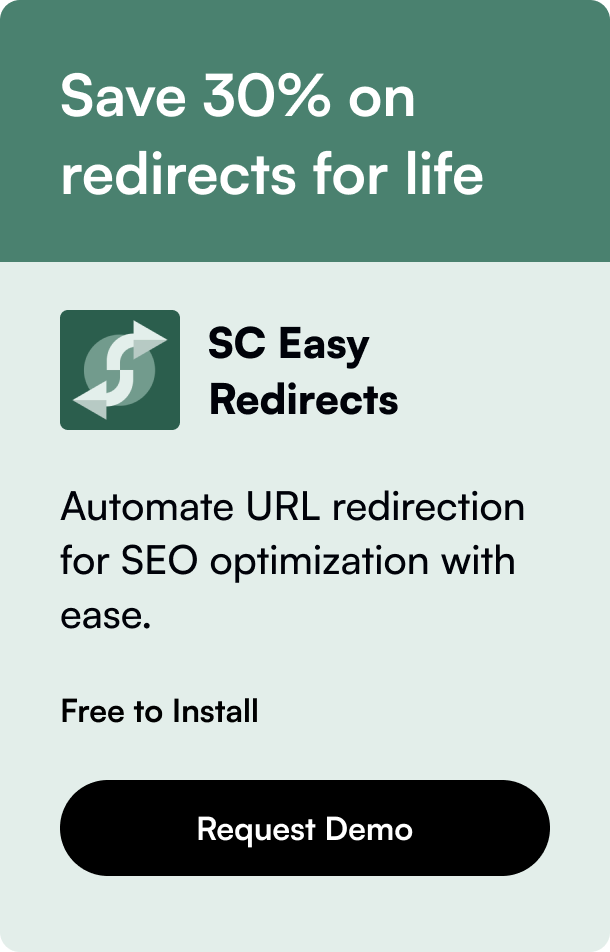Table of Contents
- Introduction
- Understanding the Core Issue
- Navigating The Solution
- FAQs: Demystifying Payment Integration on Shopify
- Conclusion
Have you recently embarked on setting up your online store on Shopify, only to be puzzled by the absence of Stripe as a payment option? Worry not; you're not alone in this conundrum. The seamless integration of payment gateways is crucial for the smooth operation of any e-commerce platform, and Stripe has long been a favored choice among online merchants. Yet, finding it unavailable can be disconcerting. This post delves into the reasons behind this and offers practical solutions to navigate the issue, ensuring your store remains operational and customer-friendly.
Introduction
Imagine this: you've chosen Shopify for its renowned user-friendly interface and vast functionalities, aiming to provide your customers with a seamless shopping experience. However, as you dive into the setup, you realize Stripe, a payment provider you've counted on, seems to have vanished. Before frustration sets in, let’s uncover why this might be happening and explore actionable insights to address it. This post will navigate through the fog, clarifying why you might be unable to select Stripe as your payment gateway on Shopify and what alternatives or steps you can undertake to ensure your business thrives.
Understanding the Core Issue
The root of the problem lies in the collaboration between Shopify and Stripe, culminating in the creation of Shopify Payments. This in-house solution is powered by Stripe and is designed to streamline the payment process on the platform. However, this integration means that in regions where Shopify Payments is available, Stripe no longer appears as a standalone option. This change aims to simplify operations for store owners but can lead to confusion for those accustomed to selecting Stripe directly.
The Significance of Shopify Payments
Shopify Payments offers a cohesive and simplified payment solution, fully integrated into your Shopify store. This service alleviates the hassle of managing third-party gateways and the additional transaction fees that often accompany them. It's a tailored fit for Shopify users, ensuring a smoother transaction process from storefront to financial reports. However, its close association with Stripe means when Shopify Payments is an option, Stripe fades into the backend, unseen but significantly present.
Recognizing Regional Variabilities
The availability of Shopify Payments, and consequently the visibility of Stripe as an independent option, varies by region. In areas where Shopify Payments is offered, Stripe won't appear in the list of available payment providers within your Shopify settings. This regional dependency is a key factor in whether you can directly access Stripe for your Shopify store.
Navigating The Solution
Despite these challenges, there are practical steps you can take to manage your payment gateways effectively. Let's explore how to work within these constraints and ensure your store operates smoothly.
Evaluating Your Region
First, assess whether Shopify Payments is supported in your country. Shopify's support documentation provides a comprehensive list of supported regions for Shopify Payments. If you're in a region where Shopify Payments isn't available, Stripe should appear as an option under third-party payment providers.
Considering Shopify Payments
If you're in a region where Shopify Payments is available, consider the benefits it offers. Since it's powered by Stripe, you're essentially accessing the same foundational service, but with benefits exclusive to Shopify users, such as integrated reporting and waived transaction fees.
Seeking Support
For those with a strong preference for Stripe due to specific features or business needs not covered by Shopify Payments, reaching out to Shopify's support team can provide clarity. While Shopify generally encourages the use of Shopify Payments where available, understanding your unique business requirements can lead to tailored advice or solutions.
FAQs: Demystifying Payment Integration on Shopify
Q: Can I use Stripe with Shopify if I'm in the US? A: In the US, Shopify Payments is the primary gateway, which is powered by Stripe. Direct Stripe integration is not typically available as an alternative.
Q: Are there any costs associated with switching from Stripe to Shopify Payments? A: Shopify Payments does not impose additional transaction fees beyond the standard card processing fees, which can lead to cost savings compared to using third-party gateways.
Q: Can I offer my customers the option to save their credit card information for future purchases with Shopify Payments? A: Yes, Shopify Payments allows customers to save their payment information for speedier checkout in future transactions, enhancing the user experience.
Q: What if I operate in a region where neither Shopify Payments nor Stripe is available? A: Shopify supports a wide range of third-party payment providers globally. If neither Shopify Payments nor Stripe is available in your region, you can explore other supported gateways that cater to your specific needs.
Conclusion
Transitioning or setting up payment gateways on Shopify need not be a stumbling block in your journey to e-commerce success. Understanding the intricacies of Shopify's integration with Stripe and the regional specifics of Shopify Payments can demystify the initial confusion and set you on the right path. With careful consideration and possibly a dialogue with Shopify's support, you can optimize your payment processing setup to serve your business and your customers best.
In the landscape of online sales, being adaptable and informed about your platform's features and limitations is key. Should you embrace Shopify Payments, explore other gateways, or seek personalized solutions, remember that the goal is to facilitate seamless and secure transactions for your customers. Your journey with Shopify and Stripe, direct or indirect, is a step towards refining your store's operational efficiency and customer satisfaction.








